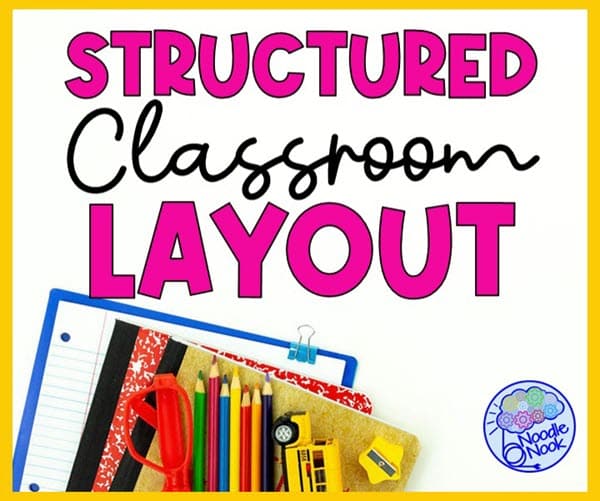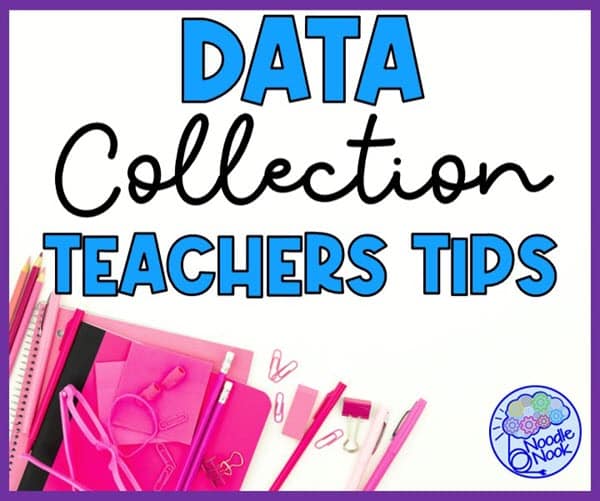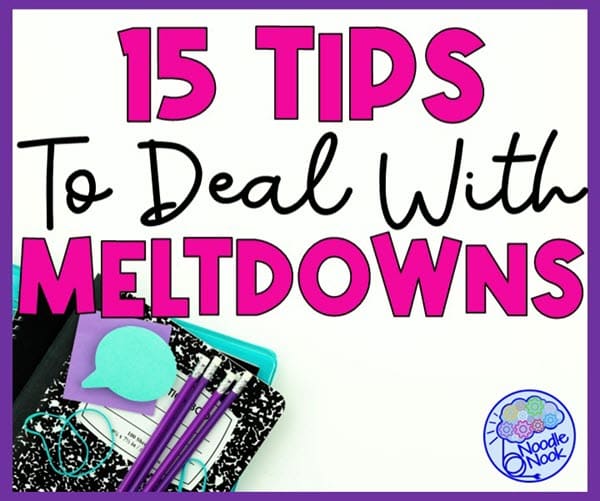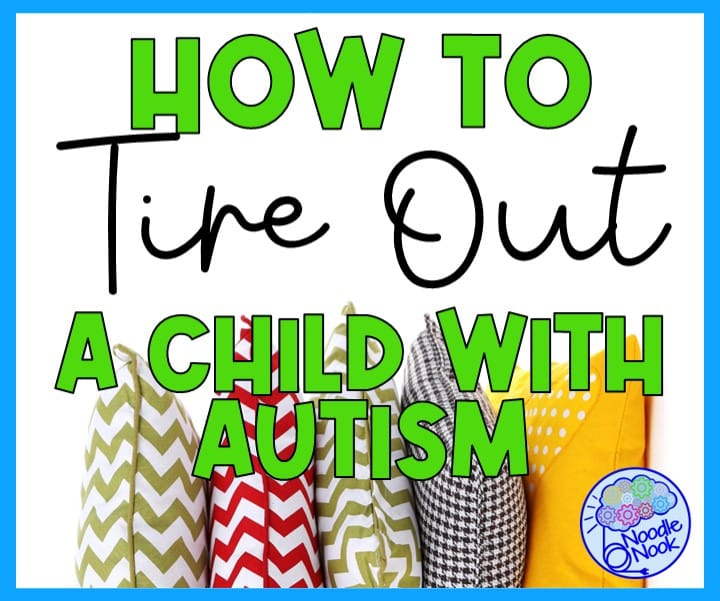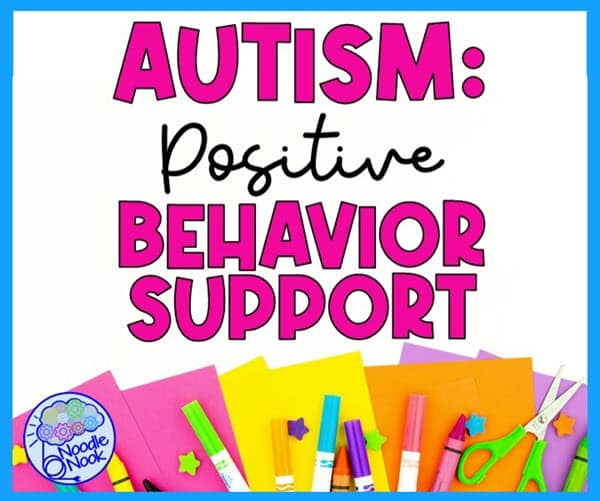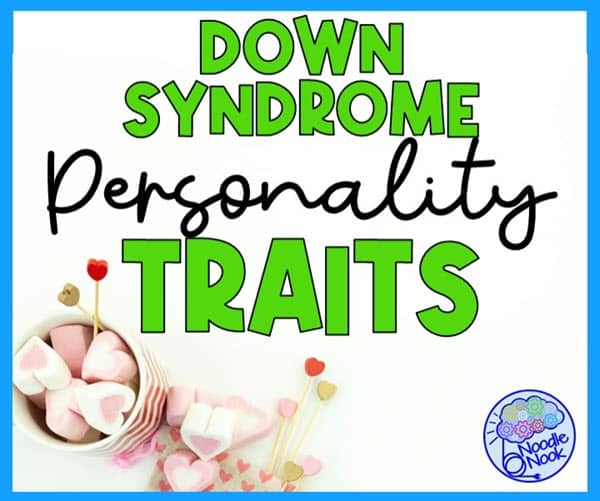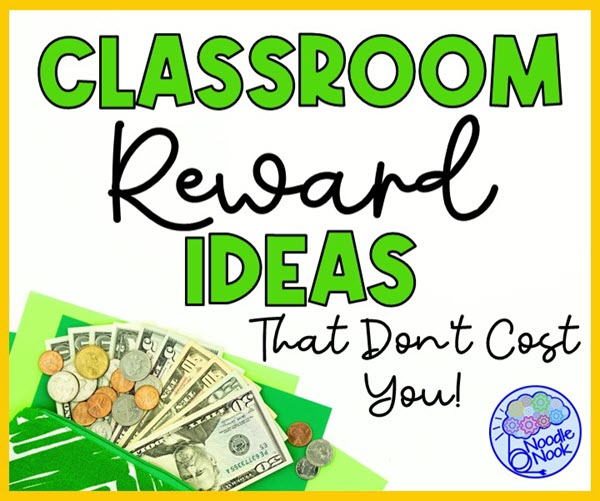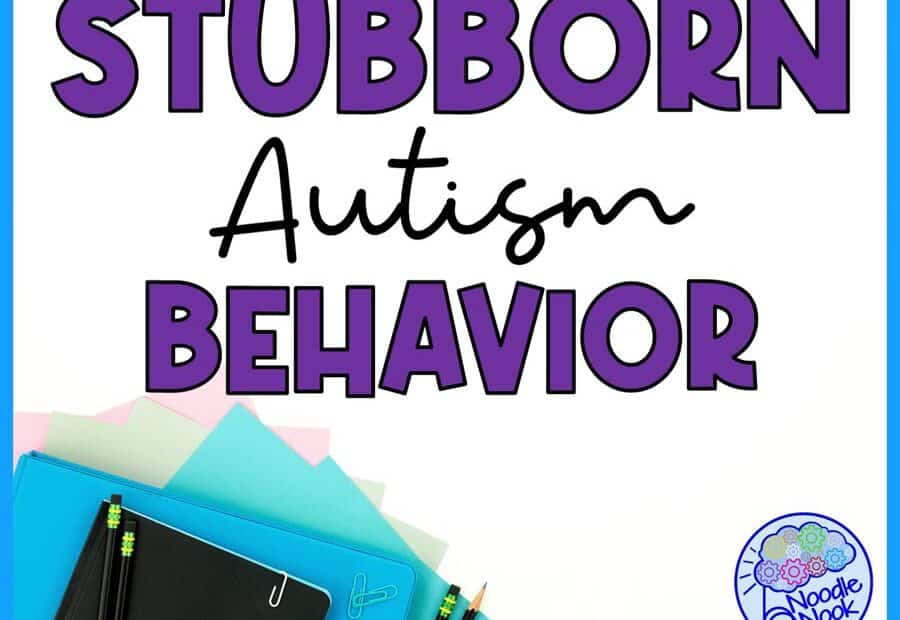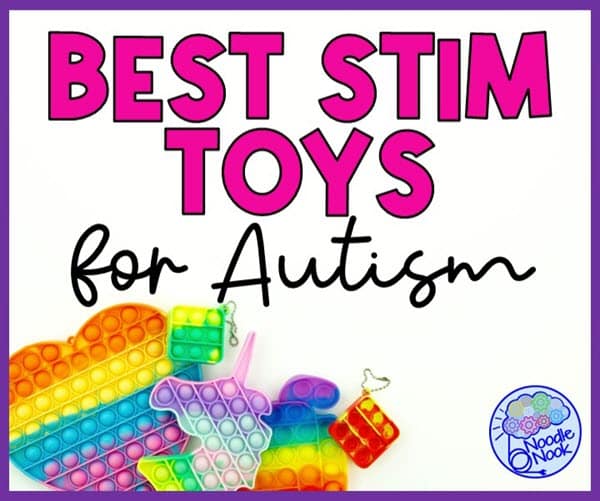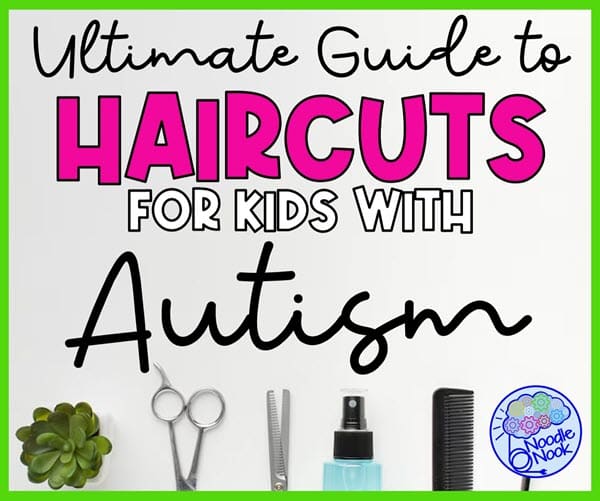Structured Classroom Layout – FREE Checklist for SpEd Success
Physical Structure is a pillar of structured classrooms- and I am always shocked at how many people get their structured classroom layout all wrong!
If you’re gearing up to transform your classroom empty classroom into a dynamic space for students with special needs, there’s one thing you absolutely need for sure: To nail that physical structure! Your structured classroom layout is the secret weapon to make your year a success… and trust me, it’s easier than you think to do!

